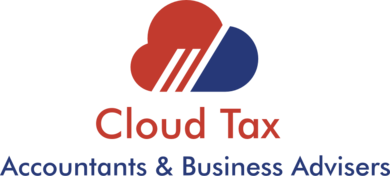Making Tax Digital: How to comply with UK’s new VAT guidelines
The UK Government published an overview of Making Tax Digital just yesterday. We understand it doesn’t sound like a very exciting mission, but these changes are helping in modernizing the way business is managed in the UK.
The transition begins by first focusing on all VAT registered businesses with VAT turnover below £85,000 will be required to follow MTD rules for returns filed on or after April 2022. That might sound a long way off, but we strongly recommend you taking action now so that you are well prepared for the changes. The MTD process will move on to other forms of tax in the UK as well.
Slowly but surely, all individuals and businesses will be pushed into the 21st century and beyond, never to look back.
Making Tax Digital for VAT
VAT-registered businesses with a taxable turnover above the VAT threshold (£85,000) are now required to follow the Making Tax Digital rules by keeping digital records and using software to submit their VAT returns. If you are below the VAT threshold you can voluntarily join the Making Tax Digital service now.
You can use spreadsheets to calculate or summarize VAT transactions and work out what information you need to send to HMRC. But ultimately you’ll need to use compatible software to send that information.
See here
Making Tax Digital for Income Tax
Self-employed businesses and landlords with business turnover above £10,000 will need to follow the rules for MTD for Income Tax from their next account period starting on or after 6 April 2023.
It’s not compulsory (yet) but self-employed people and landlords can sign up for a digital tax returns testing scheme. In this, you keep records digitally and send Income Tax updates directly to HMRC rather than filing a Self Assessment tax return. HMRC advocates that this leads to a more real-time system.
You’ll need to use compatible software to keep records and send an income and expenses summary to HMRC every three months. You’ll be able to see estimates of how much tax you’ll owe. At the end of the year, when you submit the final report, your tax will be calculated and then you’ll be able to claim allowances and reliefs.
See here.
Why MTD?
The idea behind this move from the HMRC is that any data that informs your taxes, in any way, must be recorded and stored in commercial software. It outlines three main requirements of compliance.
1. All data must be recorded digitally.
2. Transfer of data from one system to another must be done digitally.
3. Submission of tax return to HMRC must be done via HMRC’s API.*
Please talk to us – info@cloudtaxltd.com we can help you go digital now and you will be amazed at the simplicity of Cloud software and how it will improve your business!

